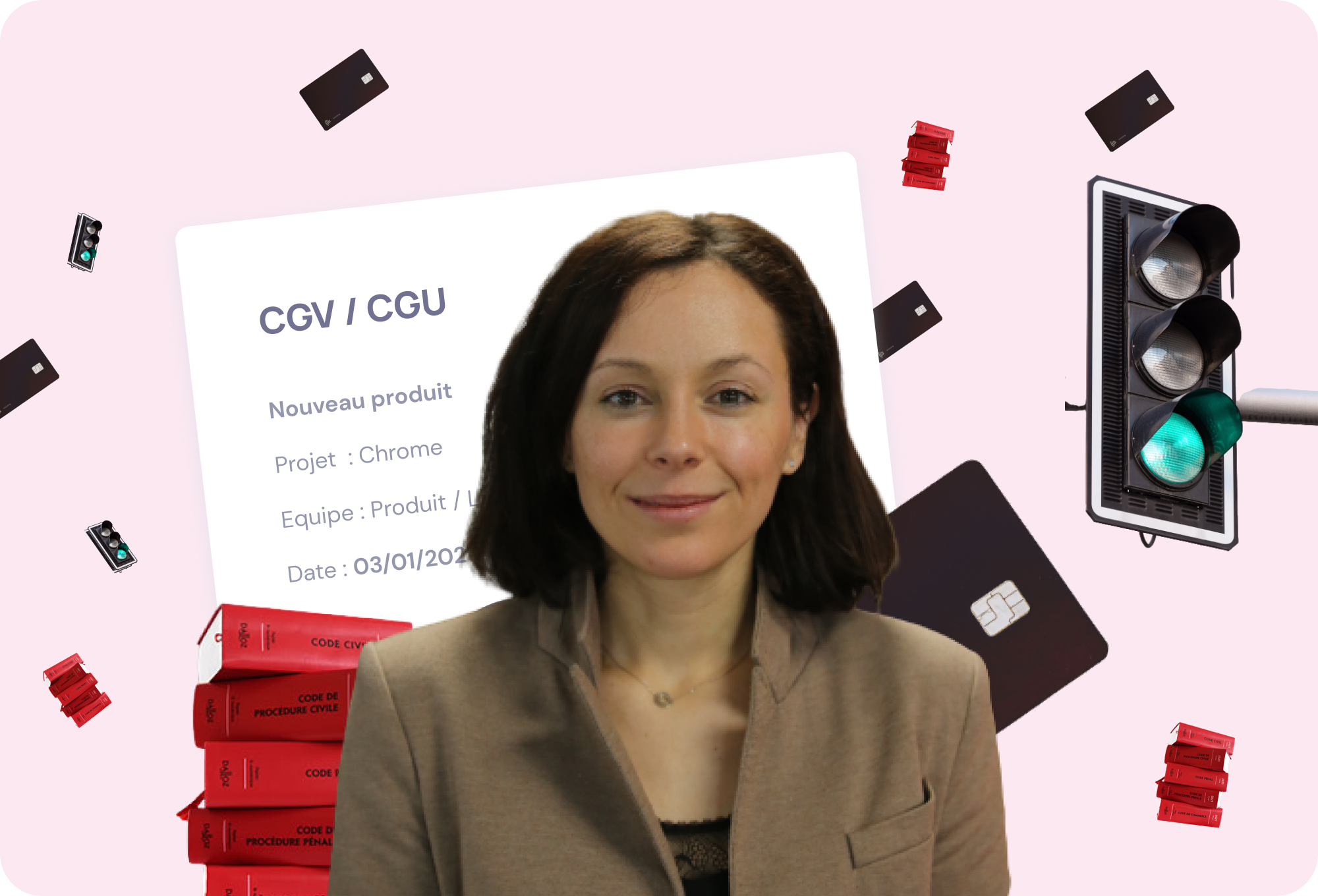Whether you are a Product Lawyer or a Product Owner you must have heard or said one of these phrases:
- "1/3 of my advertising is covered with legal notices!"
- "My user journey is anything but smooth because of all this information..."
- "We want to launch a camembert burger in three days. That shouldn't be a problem, but I forgot to ask if the recipe is compatible with the Camembert appellation."
Create as little friction as possible at the product level to convince potential customers while meeting legal and regulatory requirements. This is the challenge for many companies when developing or launching products.
Whether it is a financial, food or technological product, the reality is the same: whether it is flexible or reinforced, there is a regulatory framework to respect.
How can we collaborate to create the least friction on the product side while meeting legal requirements? What are the ways in which these teams are working together to strengthen collaboration for a successful product launch?
A few months ago, we received Laure Duqueyroix (Head of Legal @Nickel) who shared his team's practices to reconcile legal requirements and product interests.
Rule 1: Bring the legal system into the loop, right from the start...
"The secret is anticipation. Laure Duqueyroix
Not putting the legal system in the loop to go faster can be a very bad idea.
While this is not a systematic practice that is generalised to all companies (fortunately) some teams may be tempted to propose a product roadmap that does not take into account the regulatory aspects and therefore without having consulted the legal team.
This is counterproductive and can create a legal bottleneck a few days before the launch of a product. There is nothing worse than being forced to rethink everything because of the legal aspects that have not been dealt with beforehand. This is why it is better to include all stakeholders from the start.
There are different ways of involving the legal profession in your approach.
The co-pitch method
"At Nickel, we organise a co-pitch. Each new idea is presented to all the departments and in particular to the legal, compliance and risk functions. The aim is to identify the points of vigilance and the conditions to be met from the gestation of the project. Laure Duqueyroix
Laure Duqueyroix and her team are involved at a very early stage of the product creation process.
This makes it possible to identify in advance the subjects on which the legal team will work to support the launch of the product in the best possible conditions and to enable it to organise itself according to an order of priority.
On the legal side, it is essential to be empathetic and to listen to the product teams in order to fully understand their project, their issues and their problems.
"That's how we manage to have a product roadmap that holds up and we never launch projects that we don't finish." Laure Duqueyroix
Listen to the episode dedicated to Laure Duqueyroix:
To appropriate legal issues through a product lawyer
Whether in large groups or in start-ups, there are more and more lawyers dedicated to the company's product issues.
Product Legal Advisor or Product Compliance Lawyer, this is a position that combines legal skills with product interest.
Whether they are organised in a "Product" division of the Legal Department or they are directly attached to the teams in charge of the company's product(s), their main mission is to support their team in defining and implementing a product roadmap.
Here are some examples of assignments:
- Regulatory watch
- Daily support in product development
- Anticipating and influencing new regulations (lobbying)
- Relations with the authorities (exchanges, controls, litigation, etc.)
- Validation of product communications
- Product legal risk management
- Support in managing non-conformities
- Increasing the skills of operational staff (training, e-learning, etc.)
- Creation and updating of tools to simplify product compliance
Choose to combine contractual performance and legal certainty
No commitment, no credit card.



